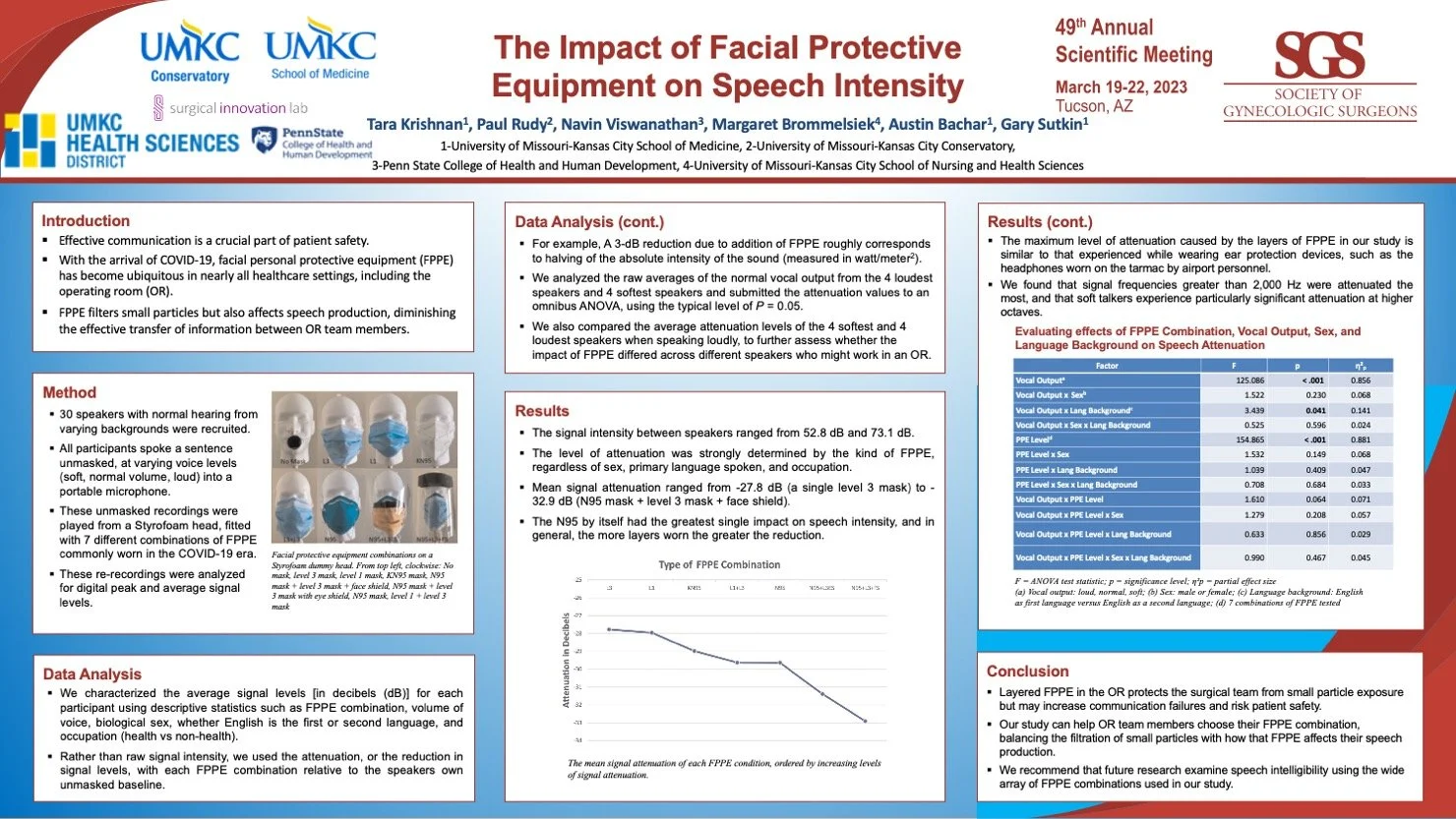
Music IS Medicine
2 23 2 23
UMKC Medical School
Paul Rudy (Conservatory)
Harmony Farm
Harmony Farm

Portal gate

Harmony Medicine Wheel beginnings

Spiral portal

Wind, snow and leaf collaboration

Wood spiral in spring (2021)

Wood spiral in winter

Wood spiral in context

Life imitates nature

Moon meditation stone (2017)

Moon temple (2019)

Moon temple (2019)

Long-shadowed Moon Temple


8 circuit counterclockwise

Morning Star

Memory painted in grass

6 circuit clockwise

Wood spiral with sunset

42 standing stones

Morning Star




















Who is Paul Rudy?
Musical Mantras and Meditations
Order a personal mantras and meditation composed just for you! It is custom designed for whatever you face on your growth path. Subscribe to my YouTube channel to feel some of them. When you are ready, answer some questions here, and then let’s talk! They range from a minute or two, to full musical massages an hour long depending on your budget.
"What a sound healing from Paul Rudy feels like. Wings flying, water flowing, gongs gonging, major visuals, throat chanting. I got up and felt like I just received a massage or Reiki. I highly suggest this to everyone." Jessica Crockett, Energy Practitioner and Massage
Why study sound in the operating room?
Human-Caused Sound Distractors and their Impact on Operating Room Team Function
Comparison of machine vs human-caused sounds for their loudness and distraction, and potential impact on team communication.
We surveyed OR staff about sounds that interfere with job performance and team communication.
93% of respondents indicated that OR noise, especially human-caused sounds such as irrelevant conversations, interfere with team communication, hearing, and focus.
Peak decibel levels ranged from 56.8 dB (surgical packaging) to 105.0 dB (kicked metal stepstool).
Human-caused sounds were comparable to machine-caused sounds in terms of mean peak dB levels (77.0 versus 73.8 dB, p = 0.32), yet were rated as more interfering with surgical team function.
Conclusions Avoidable human-caused sounds are a major source of disruption in the OR and interfere with communication and job performance. We recommend surgical team training to minimize these distractions.
(Brommelsiek, Krishnan, Rudy, Viswanathan, Sutkin, World Journal of Surgery, March 2022)
A busy environment!
Masked personnel are at a listening deficit (Urogynecology, 2022)
Lessons from musical performance practice
Percussion Intern Joshua Jones
Break the class into four groups. Spread three groups around the room and one in the center. The center group listens as the other three speak in conversation to each other (give these groups different prompts). Each student in the center tries to hear one of the outer conversations and transcribe the conversation.
Ear-training Exercises
Pass a sheet of paper around the room without making any sound. (listen carefully for the sounds it may make)
Stand up or move your chair out of the room without making sound. Also try passing a sheet of paper around the room without making any sound. If you do, stop immediately and analyze why a sound was made (great exercise for being aware of sounds we make without thinking about it)
YOU and the sound environment
THE SOUND ENVIRONMENT and you
Four people walk around the room making different sounds and people track individual sounds. With eyes closed, have class point (in different groups) to two of four people moving around the room making different sounds. This is a great exercise for active “filtering” and “attention”
Identifying the sound of people (notice any clothes noises, walking, jewelry, footsteps, etc. and their voice-does that give them away?)
Everybody turns in their keys, and tries to find them aurally with their eyes closed
Listen and write down the text being read. (while periodic interference happens)


